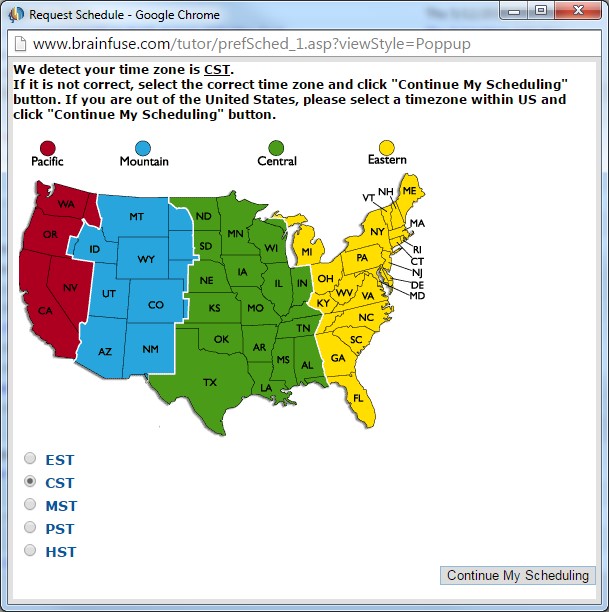

MEASAT-3d will be the fourth satellite launched by Arianespace for MEASAT.MEASAT-3d will be co-located with MEASAT-3a and MEASAT-3b at the 91.5☎ orbital slot. Apart from this, the satellite will also host a Q/V band payload, the first of its kind in the Asia-Pacific region, which allows MEASAT to study propagation effects in high rainfall regions like Malaysia, to enable the design of its next generation satellites. It will carry C- and Ku-band payloads for direct-to-home (DTH) services and a high-throughput Ka-band payload with multiple user spot beams optimised to deliver high speed broadband communications over Malaysia for internet connectivity. Planned for more than 18 years of operation, MEASAT-3d is designed to have electrical power of 12 kW. Pacific Time becomes PST or Pacific Standard time during winters, but it is referred to as PDT or Pacific Daylight. When it comes to daylight saving, PT is obtained as UTC-7. This new satellite will significantly enhance broadband speeds of up to 100 Mbps in areas with limited or no terrestrial network throughout Malaysia while continuing to provide redundancy and additional capacity for video distribution in HD, 4K, and ultimately 8K in the Asia-Pacific region. Pacific Time is observed in the western part of the country and is obtained by taking away 8 hours from the universal time. In SQL Server 2008, there is a new datatype called DateTimeOffset which stores the offset together with the date, so that dates can be converted accurately.MEASAT-3d is a multi-mission telecommunications satellite built by Airbus Defence and Space for MEASAT, the leading Malaysian satellite operator. Unfortunately, even this will not be accuarate for historic data, as countries change the daylight savings dates each year.
Universal time vs pacific time code#
You can download the applicable functions and data from The Code Project If you do not need exact times in your data, and if you are only ever converting from Pacific to UTC and not other time zones, then you can use the method John suggested.įor better accuracy, you can create a table in your database which stores the time zones and when each country switches to daylight savings.

Convert milliseconds to date UNIX timestamp UTC time. Depending on how far back you go, the dates and rules for determining the dates Daylight Saving Time started and ended have changed many times over the years.Īnyone know of a function I can use to convert the UTC date/time field to Pacific Time? I know I can use dateadd to subtract the 8 hours, but I would like to know if there is a better way. Unix time (also known as Epoch time, POSIX time,seconds since the Epoch,or UNIX Epoch time) is a. A web search should turn up the basic data for you. For an application that looks at historic times and needs to convert any from UTC to Pacific Time, I'd think you'll need a table of the start and end dates for Daylight Saving Time to know whether it's -7 hours or -8 hours. Of course, the current difference (-7) may not be valid if you're looking at a date from February, for instance. ,DateAdd(hh,DATEDIFF(hh, GetUtcDate(), GetDate()), as MyDatePacific If your server is set to the Pacific time you want (standard or daylight), you may use the DateDiff between getDate() and getUTCDate() as your offset, using DateAdd to apply it to your UTC time. But of course you also will probably want to account for whether daylight saving time is in effect, making the difference -7 hours rather than -8. Knowing your time zone (Pacific) is a good start.


 0 kommentar(er)
0 kommentar(er)
